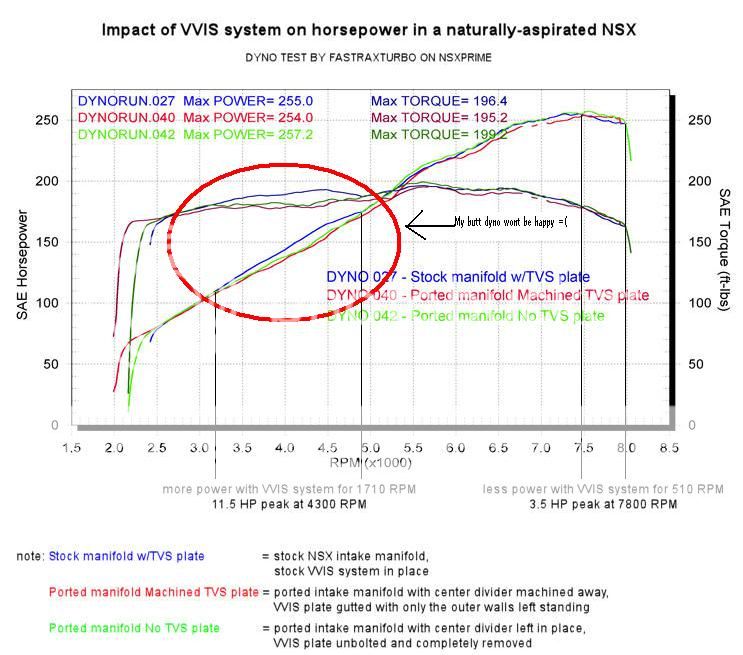Sorry to read about this. I was always worried about these on my car when I owned it...and of course the hormonic balancer pulley.
I would't trust loctite...we don't in the aerospace industry. Red loctite #277 only needs 250 degrees F to become soft enough to allow movement.
Which Intake manifold gaskets will need to be replaced? I assume just #5 and #6 ( are #2's are metal so can be reused?)
I do realized some other parts like the EGR / inejectors will be removed and will need new gaskets as well.
Also will red loctite stand up to engine temps or is there a better thread locker for this application? I don't foresee ever wanting to remove the screws/plates.
I would't trust loctite...we don't in the aerospace industry. Red loctite #277 only needs 250 degrees F to become soft enough to allow movement.
I believe you could use a borescope and go in through the throttle body and try to snake it through the VVIS plate...but it would be tough.Is inspection possible with a borescope?
Last edited:





